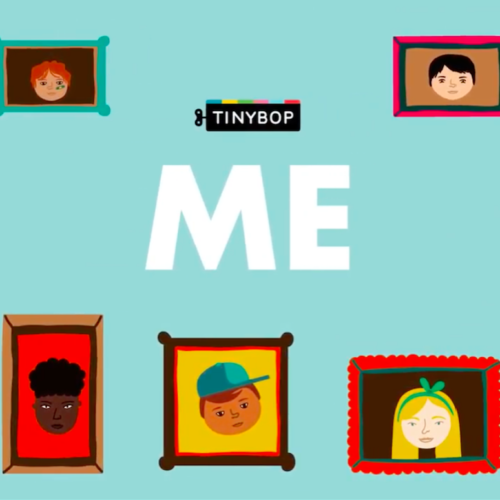9 books to help kids talk about their feelings
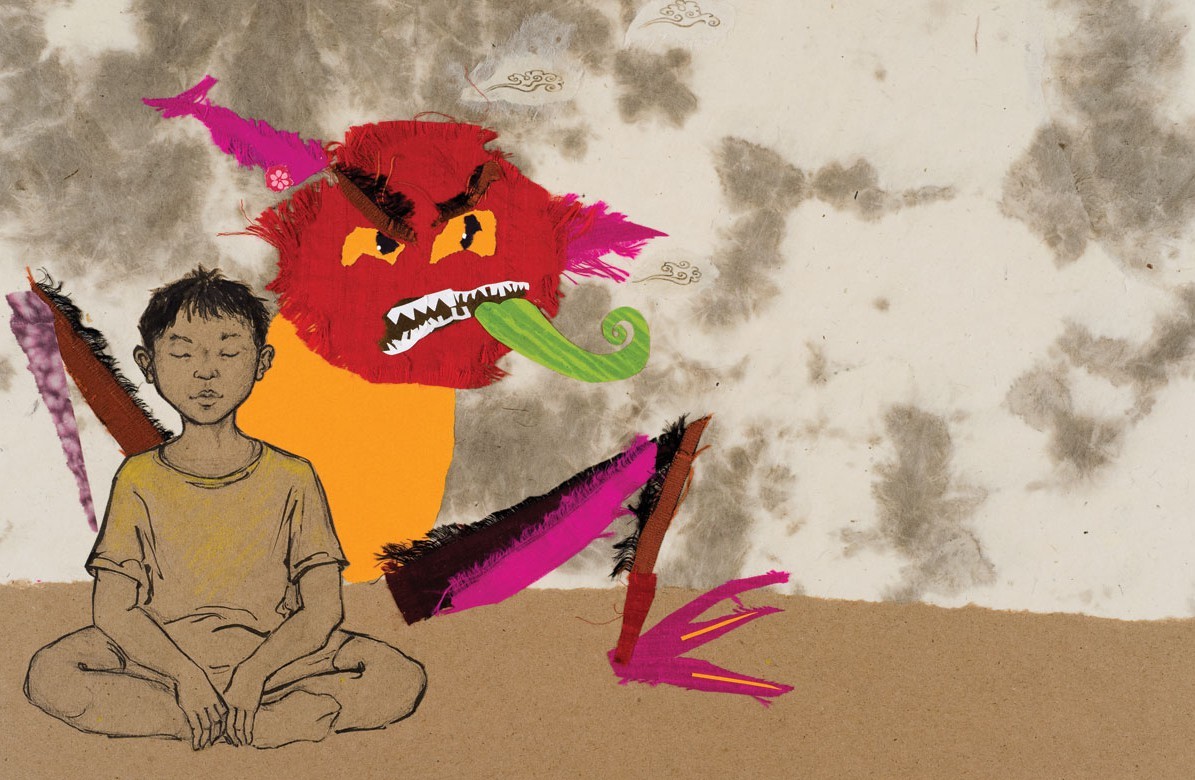
Image from Anh's Anger
In order to raise curious and creative kids, we're always striving to teach them a bundle of tangible skills. But now, alongside learning new vocabulary and addition, some schools are teaching emotional literacy, which can instill empathy, boost leadership skills, and prevent negative behavior, such as bullying.
Emotional literacy is the ability to understand your feelings, listen to others and empathize with their feelings, and express emotions productively. For adults, it may be easier to say, “I'm annoyed because I forgot milk at the grocery store” or “I understand how you feel; I went through a similar thing.” But this is something we’ve learned how to do over time. Kids who are just learning about their emotions won't understand why they might feel angry or sad or scared. Emotional literacy can help kids better understand themselves and, in turn, better understand others. And when kids are empathetic, they have an easier time connecting to other people and forming healthy, positive relationships.
Previously, we’ve shared our favorite books to spark conversations about empathy, but before kids can learn to identify and relate to other people’s emotions, they need to know how to identify and deal with their own. In our app, Me, we built in ways to help kids do this. For example, kids can write, draw, and photograph things that make them feel happy, angry, sad, or any other emotion. It’s one step in helping them identify how they feel by naming it and sharing it.
But, there are many ways to boost your kid’s emotional intelligence and reading is one of them. Books and the stories of others can help kids every step of the way in building emotional literacy, from identifying basic emotions to dealing with anger constructively. We’ve compiled a list of some of our favorites to help you get started.
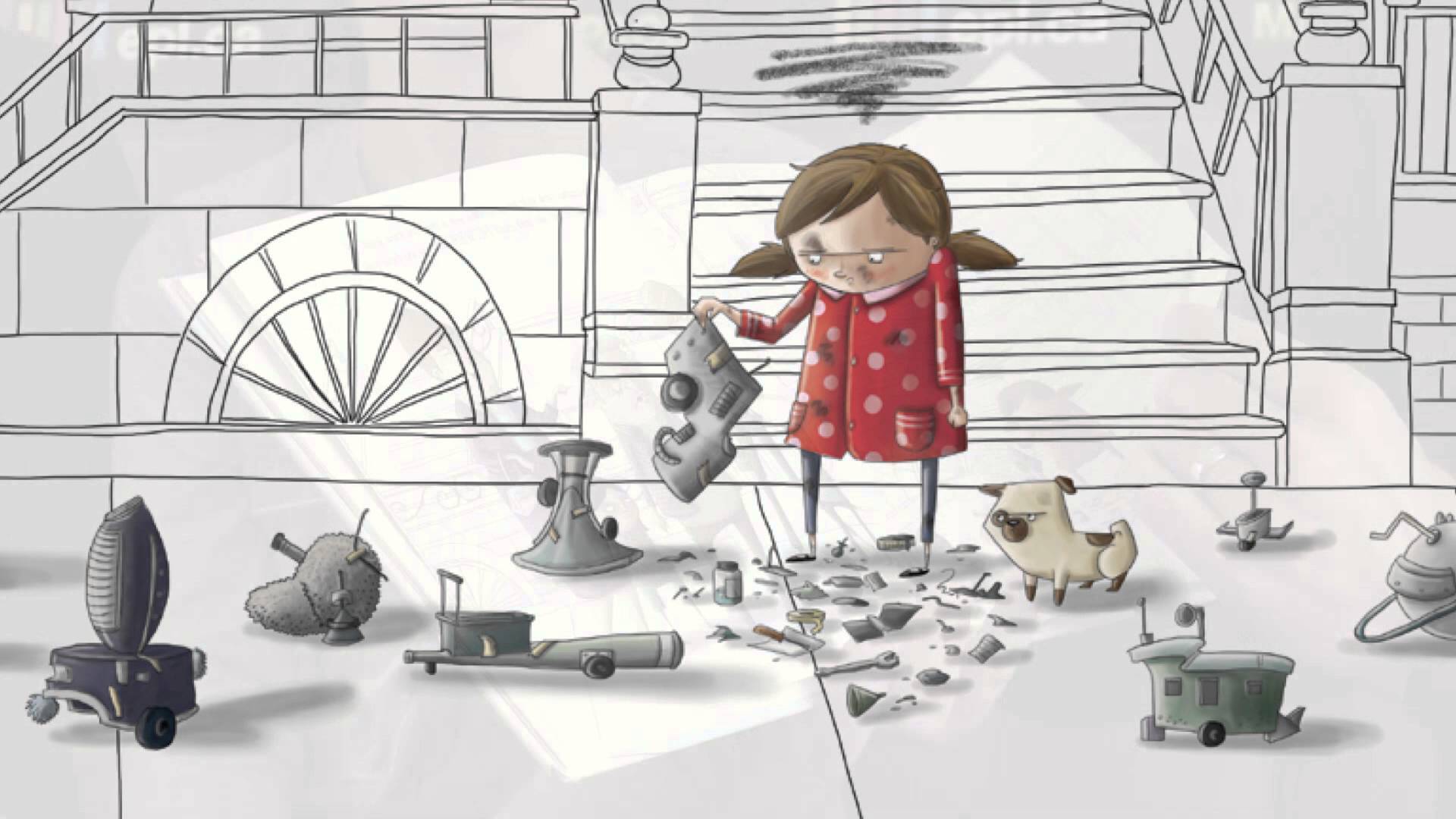
Image from The Most Magnificent Thing
The Most Magnificent Thing by Ashley Spires
This story follows an unnamed girl who gets the idea to create the most magnificent thing! She becomes frustrated and angry when things don’t go as planned, but after her dog convinces her to take a walk, she returns with renewed energy. The story teaches children how to be honest with how they are feeling, face disappointment and frustration, and deal with these emotions in a constructive way.
Yesterday I Had the Blues by Jeron Ashford Frame, illustrated by R. Gregory Christie
A wonderful story about a young boy who observes, in himself and in others, the range of emotions you can feel—even in the same day. Frame explores each emotion by associating it with a color—the boy’s angry mother has the “reds” and his joyous grandmother has the “yellows”—which makes it a great way to introduce talking about emotions to kids.
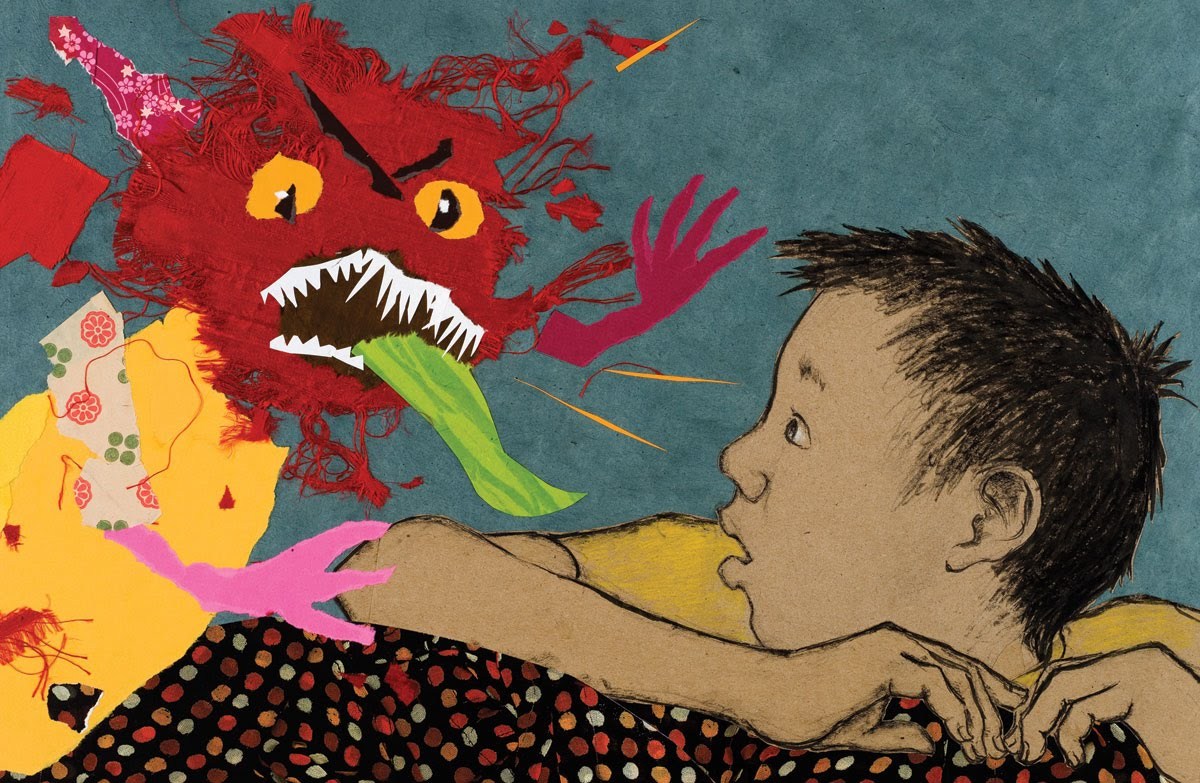
Image from Anh's Anger
Anh’s Anger by Gail Silver, illustrated by Christiane Kromer
In this story, Anh is taught the various stages of anger when his grandfather tells him to go to his room and “sit with his anger.” This book shows children that it’s okay to feel angry and that there are constructive ways to deal with it. It also teaches that it’s important to take responsibility for the things you may have said or done while angry.
Glad Monster, Sad Monster by Ed Emberley and Anne Miranda
With simple text and bright colors, this book is a great introduction to emotions for younger children. Each color-coded monster is assigned an emotion and tells kids what makes them glad or how they express love. The book includes masks for kids to wear, which makes talking about feelings more fun.
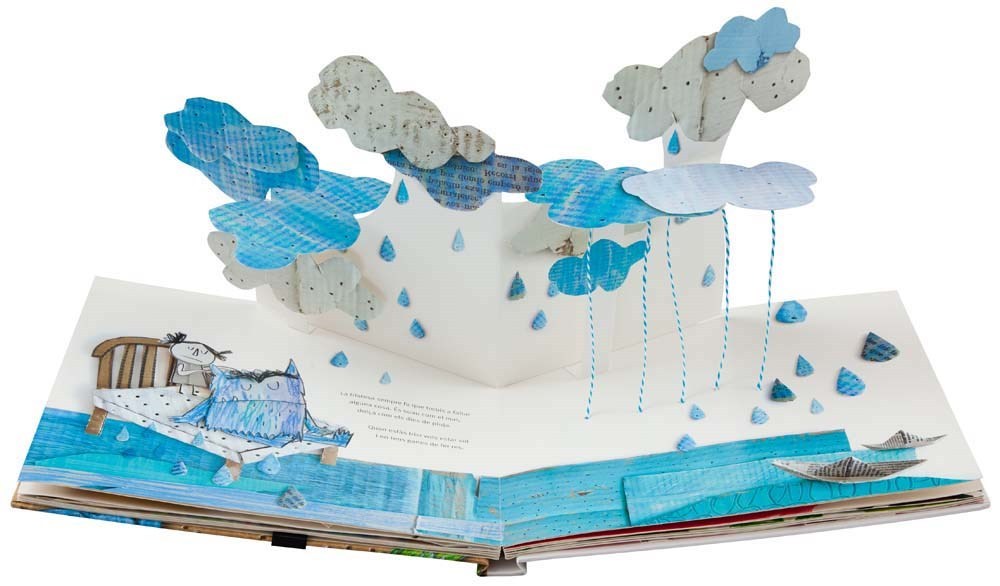
Image from The Color Monster: A Pop-Up Book of Feelings
The Color Monster: A Pop-Up Book of Feelings by Anna Llenas
This beautifully created pop-up book distinguishes five emotions by explaining what they feel like. It offers a clever way to initiate a conversation about emotions and ways to talk about them, making it a good starter book for younger children.
Theo’s Mood: A Book of Feelings by Maryann Cocca-Leffler
In this story, Theo isn’t sure how to feel about having a new baby sister. By talking through his feelings, he realizes that he feels many emotions: happy, proud, jealous. This book does an excellent job showing kids that it’s normal to feel an assortment of emotions at once and it helps to talk through them.
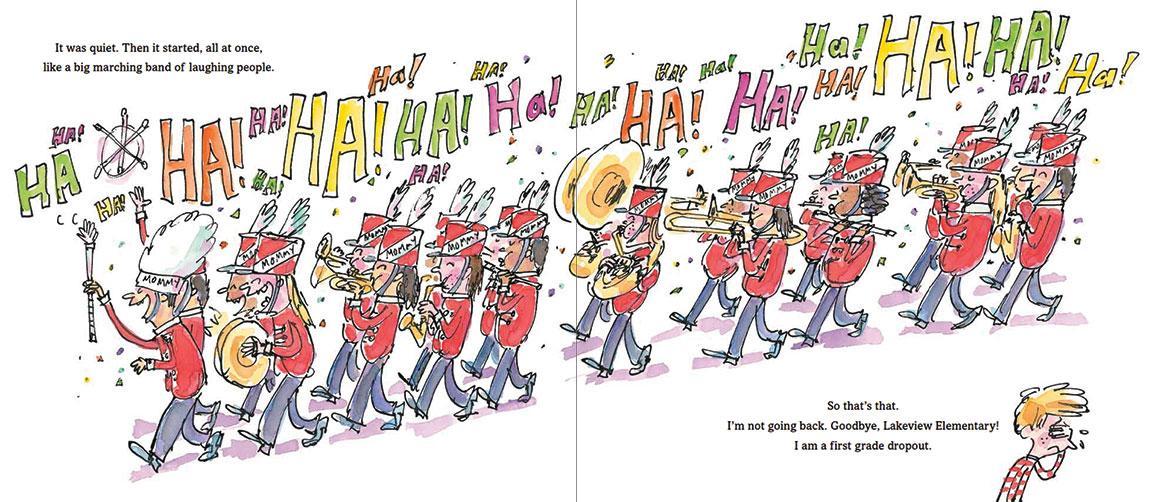
Image from First Grade Dropout
First Grade Dropout by Audrey Vernick, illustrated by Matthew Cordell
In this relatable story, the first-grade narrator thinks his mistake is so embarrassing that he has no choice but to drop out of school. His story teaches kids that everyone feels embarrassed from time to time and the best thing to do is to laugh and move on. This book is funny and entertaining, but a fantastic introduction to talk about empathy and embarrassment.
Mouse Was Mad by Linda Urban, illustrated by Henry Cole
This light and humorous story is about a mouse who tries to express his anger the way he sees his friends doing it: stomping and hopping around. He learns that the right away for him to relieve his anger is to sit still and take a moment to calm down. This big lesson is taught in an approachable and light-hearted way.
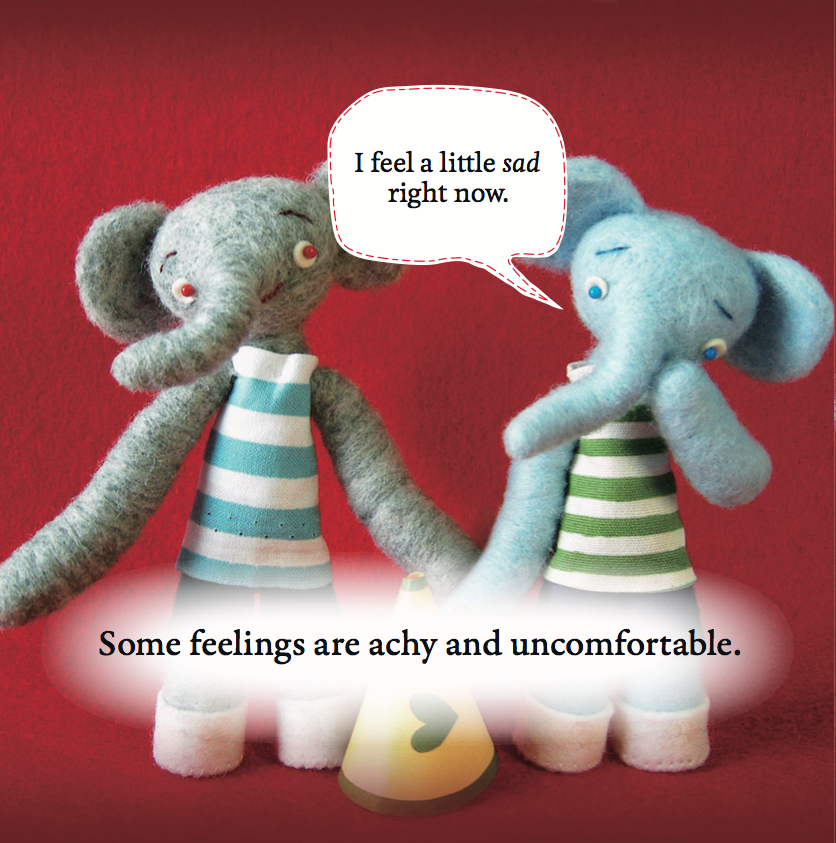
Image from A Little Book About Feelings
A Little Book About Feelings by Abbie Schiller and Sam Kurtzman-Counter
A charming book that explains the concept of feelings in a kid-friendly way! It teaches children that feelings are transitory and universal, and gently encourages kids to be open and communicative about how they’re feeling. Images and characters in this book are based on the children’s series, Ruby's Studio.
Tinybop recently launched Me, the first Tinybop app to directly support kids’ socio-emotional development, which includes self-awareness, social awareness, and emotional literacy. In Me, kids respond to 100s of questions about their preferences and feelings, their families, friends, school, and home, with words, images, colors, photos, and sounds to create a vibrant, dynamic self-portrait. The app gives kids a safe place to tell their stories, express their identities, their feelings, and to document the world around them. Download Me on the App Store.
